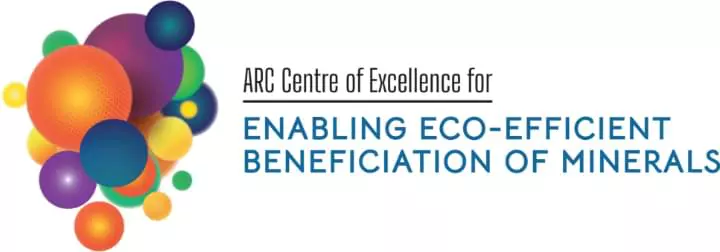Date: 31st July 2024
Signature Series - Dr Heather Kaminsky, of The Northern Alberta Institute of Technology (Canada), speaks to the use of methylene blue index in mine and tailings planning
COEMinerals Signature Series Lecture — Wednesday 31 July 2024
The use of methylene blue index in mine and tailings planning
Presented by Dr Heather Kaminsky, P.Eng. PhD.
NSERC IRCC in Oil Sands Tailings Management, TACEES
NAIT Applied Research
Alberta, Canada
|
Abstract |
|
Biography Renowned as the “Queen of Clay“, Heather Kaminsky has a profound expertise in areas such as oil sands processing, tailings planning, tailings treatment, flocculation, materials characterization, clay mineralogy, and oil sands mineralogy. She actively helps evaluate new technologies (especially tailings chemicals) for their application in oil sands processes. She also advises on the best applications for new technologies and provides independent evaluation to determine how they perform relative to industry standards. Furthermore, Heather is working towards her own Vision 2030, where by 2030 fluid fine tailings in oil sands will no longer be a concern, as reclamation methods will have been found and implemented to return the tailings pond to a usable boreal ecosystem. |

